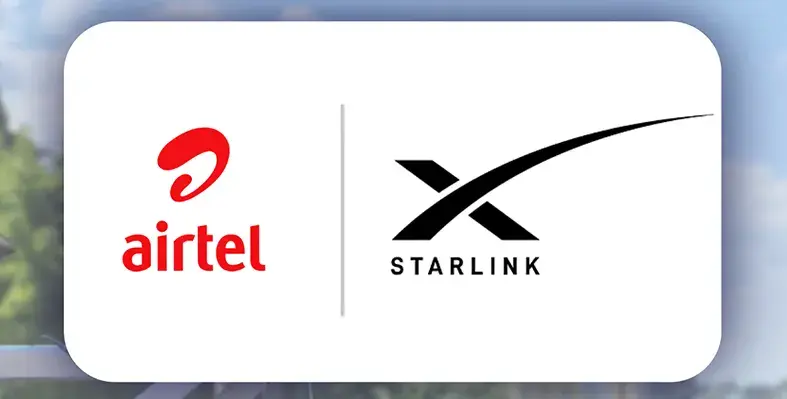The digital data explosion affects many different industries and areas of business, including the broadcasting sector writes Steve Lauter sales manager of Jasco Broadcast Solutions
Apart from increasing volumes of data, the increased quality of movies and broadcasts - including High Definition (HD) and 3D - means that the size of digital files has increased significantly.
Added to this, there is a need to digitally archive legacy tape footage in order to ensure its integrity can be maintained.
The demand for digital storage and archiving continues to expand, and broadcasters need to ensure they have the right tools and solutions in place to keep historical footage and meet demand for the future, as well as intelligent management tools to ensure footage can be easily indexed and retrieved when necessary.
One of the major challenges facing broadcasters today is the volume of legacy tape footage, which needs to be archived in a manner which preserves the integrity of the video. Since tape is a physical medium, it degrades over time, which means that migrating this footage to digital archives is the best solution.
After all, this footage is a critical asset and is an important part of preserving history, particularly with regard to news footage of global events.
This footage also needs to be managed and maintained in a way which allows for easy access, in the event that the video and audio is needed at some point in the future.
Alongside this challenge is the fact that the size of current digital assets and future assets is continuously growing with HD and 3D technology.
The price of digital storage has decreased dramatically over the years, making digital storage of all of these assets a viable option, and there is a noticeable trend in the market towards investment in high-end digital archiving solutions.
However, the sheer volumes of data increase the complexity of digital storage, which makes intelligent management more important than ever before.
The speed of content generation also poses a challenge for broadcasters, as the sense of immediacy generated by an ‘always on, always aware’ culture means that news broadcasters in particular have to create more content under tighter deadlines and distribute that content to an ever-growing array of platforms, including television, live Internet streaming, YouTube and other social media.
To meet this demand, it is vital to use the right tools, such as smart media management, which enables the driving of coordinated workflows.
Media Asset Management (MAM) solutions have evolved to meet this need, providing comprehensive and intelligent solutions that enable broadcasters to organise media, make it broadly accessible, unify and coordinate every aspect of production, and link to business functions such as rights management and market data.
Using these intelligent tools broadcasters can build workflows and central archives that interlink every contributor, facility, geographic location, and application in the enterprise.
This in turn allows them to work fluidly with all of a broadcaster’s assets and associated metadata. Today’s MAM solutions also provide a highly scalable and flexible data model capable of handling any specific requirement and changes or additions needed.
Using time-based metadata tracks, users can instantly locate the right video, audio, still image, graphics, and documents. Workflows can also be automated and combined with Web Services (Application Programming Interface) APIs to integrate servers, storage, editing, graphics, or traffic systems.
These solutions can also be provided as a hosted or cloud model, removing the need for investment into expensive archiving infrastructure and delivering a ‘pay as you use’ model that allows for instant scalability.
Integration is an important aspect of any digital archiving solution, as MAM systems need to be able to work harmoniously with various other tools and systems if they are to function optimally.
When looking to implement digital archiving and asset management, broadcasters need to choose their partner carefully. A reputable system integrator will ensure interoperability and functionality, as well as provide training on the new solution to ensure it is used to its full capabilities.
This is even more important when adopting the cloud model, as integration between cloud and premises-based equipment requires a thorough understanding of the environment and the tools and solutions that are in place that need to be integrated.
Moving broadcast archiving to digital makes sound business sense. Not only do tape storage solutions degrade over time, there is also the risk of these tapes being destroyed by fire, flooding and other natural disasters, and the physical space taking up by tape archives is enormous.
Migrating these archives to digital will free up a lot of storage space while ensuring the integrity of footage, and redundancy and offsite backup of digital solutions ensures that multiple copies of data are always maintained, reducing risk.
Without a proper digital archiving strategy in place, broadcasters are at risk of losing audio-visual history and their most important business asset. Implementing the latest in archiving and asset management technology through an experienced provider and integrator will allow broadcasters to ensure their footage is archived securely, that storage is available for the future, and that all systems and solutions are properly integrated for maximum functionality and value.






















